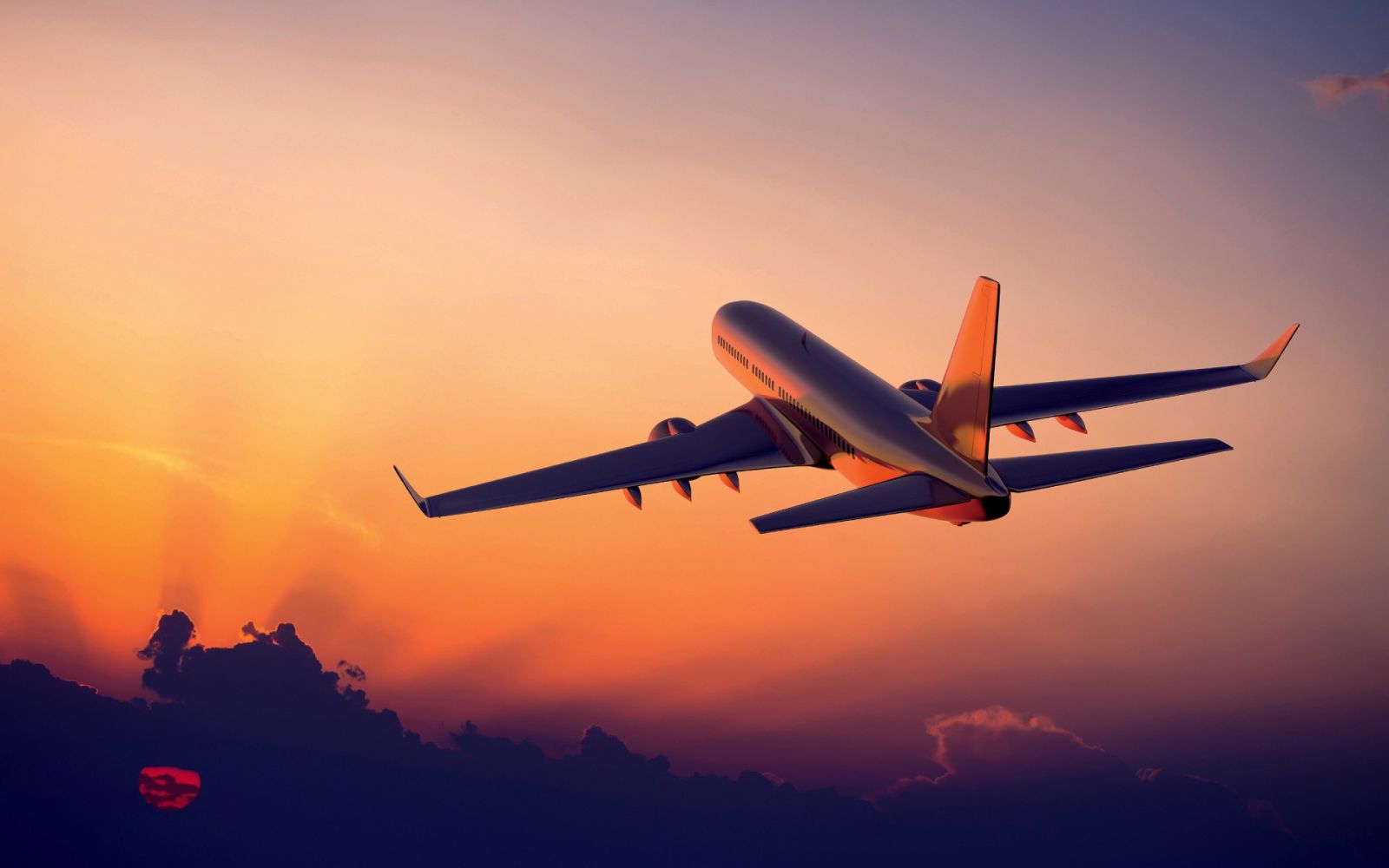Soaring Beyond Boundaries – The Fascination of Flight
The allure of flight has captivated the human imagination for centuries, from the mythical tales of Icarus to the groundbreaking achievements of the Wright brothers. In the modern era, air travel has evolved into a seamless blend of art and science, transforming the way we connect with the world. Let’s embark on a journey through the skies, exploring the marvels and intricacies of aerial perspectives.
I. The Art of Design – Crafting Wings of Innovation
A. Aerodynamic Elegance
The design of aircraft is an art form in itself, balancing aesthetics with aerodynamics. Engineers strive to create machines that not only defy gravity but also do so with grace. The sleek curves of an airplane’s wings and fuselage are a testament to the marriage of form and function.
B. Livery and Branding
Airlines invest considerable effort in the visual representation of their fleet. From the iconic swoosh of the Nike Air logo to the regal elegance of Emirates’ golden falcon, aircraft livery serves as a canvas for artistic expression and brand identity.
II. The Science of Flight – Navigating the Atmosphere
A. Lift and Thrust
Delving into the science behind flight reveals a world of principles and forces. Lift, generated by the shape of wings, and thrust, provided by engines, work in harmony to overcome the gravitational pull. Understanding these dynamics is essential for safe and efficient air travel.
B. Navigation Systems
From the celestial navigation of early aviators to the advanced GPS systems of today, the science of navigation has evolved dramatically. Pilots rely on sophisticated technology to chart their course, ensuring precise and secure journeys across the globe.
III. The Magic of Panoramic Views – Aerial Photography
A. Window to the World
Air travel grants passengers a unique vantage point, offering breathtaking vistas of landscapes, cityscapes, and natural wonders. Aerial photography has become a popular genre, allowing artists to capture the world from perspectives previously reserved for birds and celestial beings.
B. Time-Lapse Travel
The changing scenery beneath the aircraft, witnessed through the lens of time-lapse photography, transforms the mundane into the extraordinary. The dance of clouds, the sprawl of cities, and the majesty of mountains unfold in a mesmerizing visual narrative.
IV. Challenges and Innovations: Navigating the Future
A. Sustainable Aviation
As concerns about environmental impact grow, the aviation industry is at the forefront of innovation. From electric planes to biofuels, the quest for sustainable aviation is driving technological advancements that aim to minimize the carbon footprint of air travel.
B. Technological Marvels
The future of air travel promises even greater marvels. Supersonic flights, space tourism, and artificial intelligence in cockpit systems are on the horizon, pushing the boundaries of what was once deemed impossible.
Conclusion – Beyond Horizons
Aerial perspectives offer us not just a means of travel but a canvas for human ingenuity and creativity. The artistry of aircraft design merges seamlessly with the science of flight, creating an experience that transcends the practicalities of transportation. As we continue to soar through the skies, the intersection of art and science in air travel will undoubtedly shape the way we perceive the world, both above and below.



